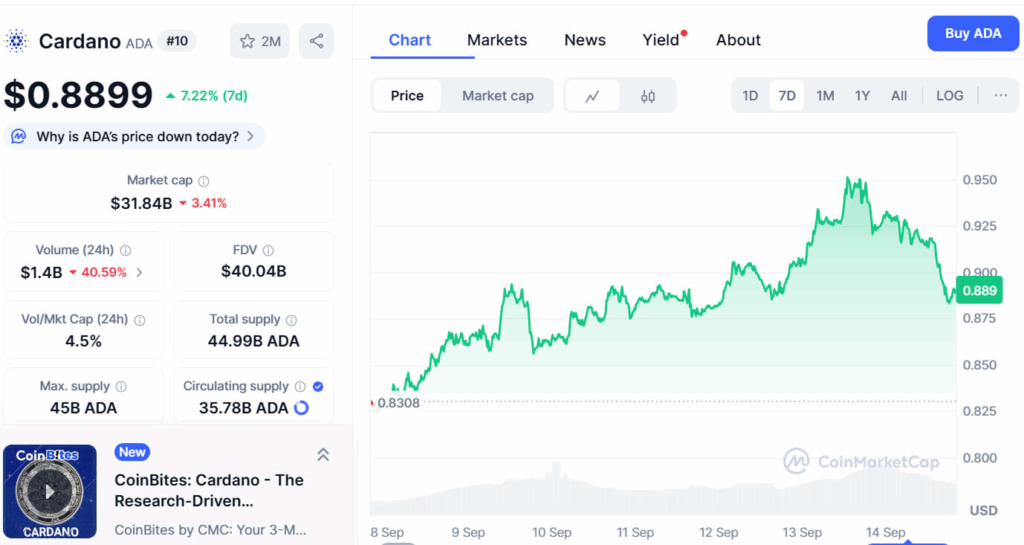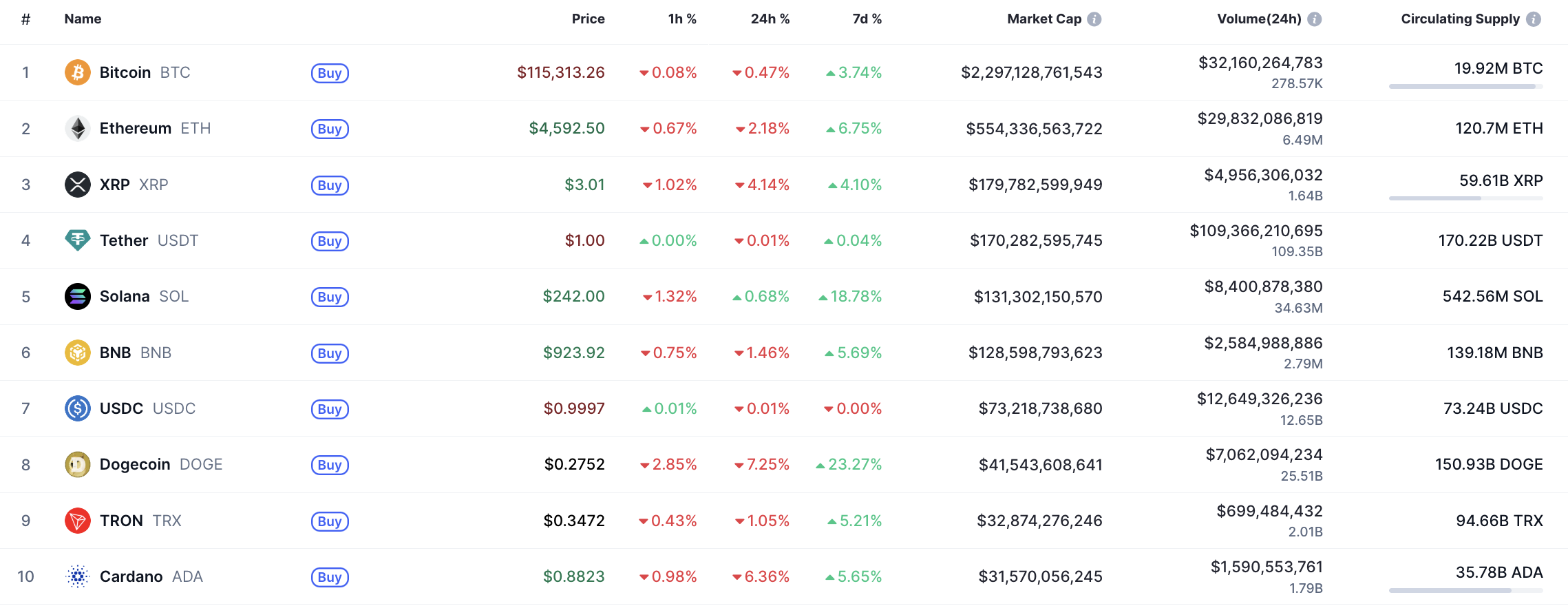History Says Recession Is Coming – Moody’s Puts Odds Near 50%
Moody’s current gauge places U.S. recession odds at 48% over the next 12 months, signaling elevated recession risk as job growth weakens and manufacturing and construction cool. This U.S. recession odds...

Moody’s current gauge places U.S. recession odds at 48% over the next 12 months, signaling elevated recession risk as job growth weakens and manufacturing and construction cool. This U.S. recession odds reading aligns with historical thresholds that often precede downturns.
-
Moody’s 12‑month recession probability: 48%
-
One-third of U.S. states are contracting or at high risk; manufacturing and construction show cooling activity.
-
Job growth revisions and rising unemployment are key near-term indicators; history links mid‑40% odds to prior recessions.
U.S. recession odds: Moody’s sets a 48% chance of recession in 12 months — read analysis and next steps for markets and policymakers.
What are Moody’s recession odds for the U.S.?
Moody’s recession probability currently registers at 48% for the next 12 months, indicating a near‑50% risk of economic contraction. The gauge uses machine learning across employment, industry, and regional metrics, and historically readings in the mid‑40s frequently precede recessions.
How is the probability gauge calculated and why does 48% matter?
The gauge combines labor data, industrial activity, and regional indicators using machine learning models. Readings above roughly 40–45% have historically been followed by shaded recession periods in U.S. economic charts.
Chief economist Mark Zandi describes the 48% reading as “uncomfortably high,” reflecting both model inputs and historical patterns without asserting a current technical recession.
Why are states and sectors showing strain?
About one-third of U.S. states—together representing nearly a third of GDP—are contracting or at high risk. Manufacturing orders and construction permits have cooled, while freight and logistics firms report slack demand.
Employment revisions and a modest rise in unemployment are the most telling signals; falling payroll revisions have historically led growth slowdowns.
When do policy and structural issues increase recession risk?
Tighter fiscal conditions, trade frictions, tariff pressures, and reduced immigrant labor participation all act as structural drags. These factors reduce labor supply and productivity, amplifying cyclical weakness.
How should markets and policymakers respond?
Policymakers should prioritize stabilizing labor markets and monitoring regional contractions. Markets will watch employment data and manufacturing reports for confirmation of trend direction.
Frequently Asked Questions
How reliable is Moody’s recession gauge?
Moody’s gauge is a robust, data‑driven model using machine learning over decades of inputs; historically, mid‑40% readings have correlated strongly with subsequent recessions, though no model is perfect.
What specific job data should be watched next?
Watch monthly nonfarm payrolls, unemployment rate changes, and payroll revisions. Persistent payroll downgrades and rising unemployment are the clearest near‑term warning signs.
Key Takeaways
- Elevated odds: Moody’s places U.S. recession odds at 48% for the next 12 months.
- Sector signals: Manufacturing, construction, and logistics show cooling activity that supports the higher risk reading.
- Action: Monitor labor market revisions and regional data; policymakers must weigh interventions to reduce downside risk.
Conclusion
Moody’s 48% reading raises the bar for vigilance: the U.S. recession odds now sit at historically meaningful levels, driven by weakening job growth and sectoral slowdowns. Markets and policymakers should prioritize clear, timely data monitoring and targeted measures to prevent a slide into broader contraction.
Published: 15 September 2025 | Updated: 15 September 2025
Author: COINOTAG
Sources consulted: Moody’s Analytics (probability gauge), commentary from Mark Zandi, official U.S. Bureau of Labor Statistics releases, regional manufacturing and construction reports (plain text references only).
Don't forget to enable notifications for our Twitter account and Telegram channel to stay informed about the latest cryptocurrency news.
Delegate Your Voting Power to FEED DRep in Cardano Governance.
DRep ID: drep12ukt4ctzmtf6l5rj76cddgf3dvuy0lfz7uky08jfvgr9ugaapz4 | We are driven to register as a DRep by our deep dedication to the Cardano ecosystem and our aspiration to take an active role in its development, ensuring that its progress stays true to the principles of decentralization, security, and community empowerment.DELEGATE VOTING POWER!






